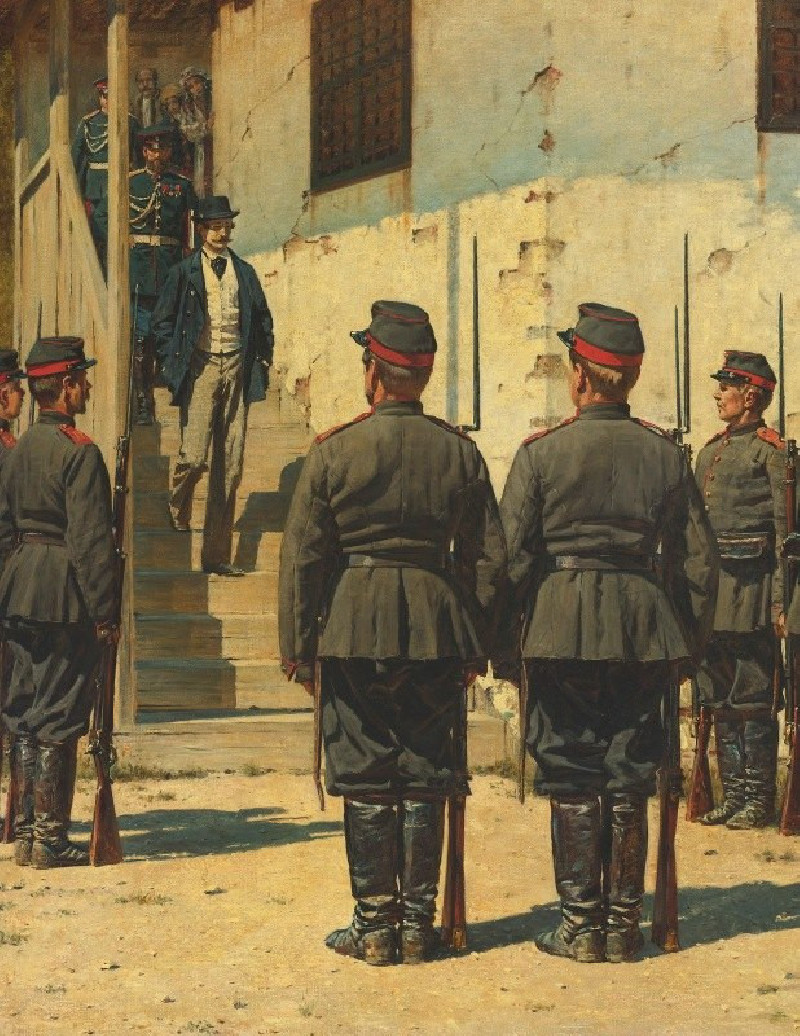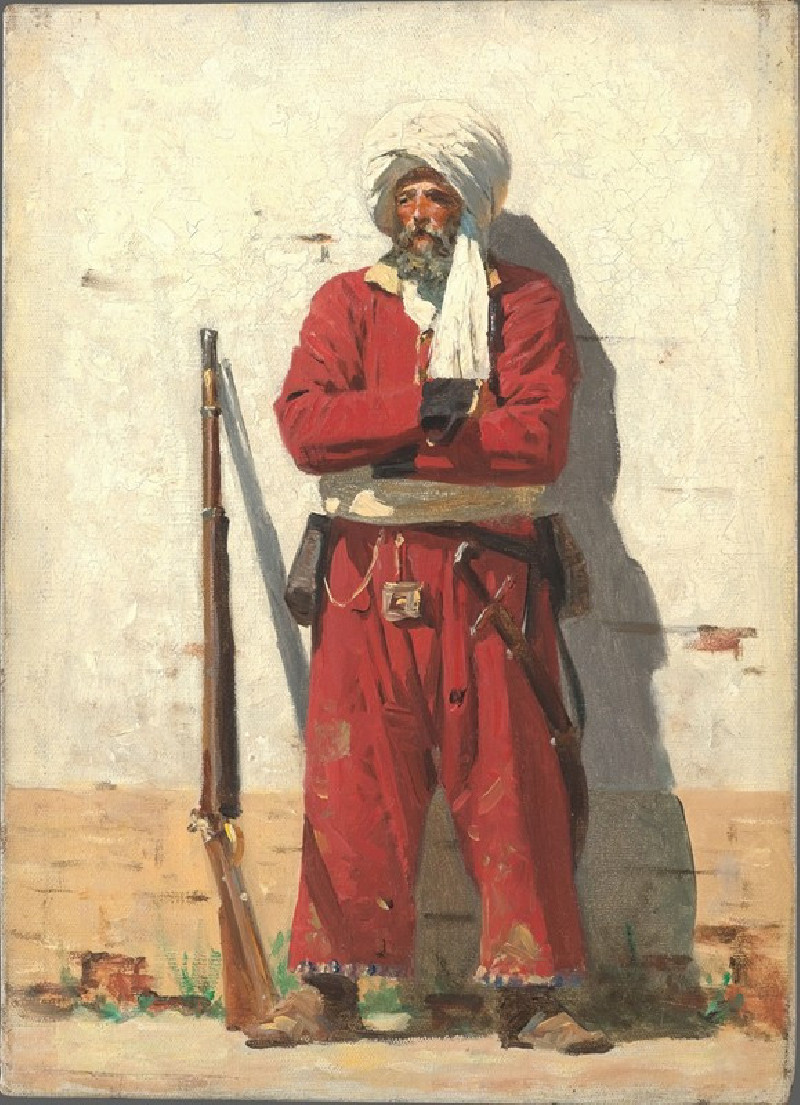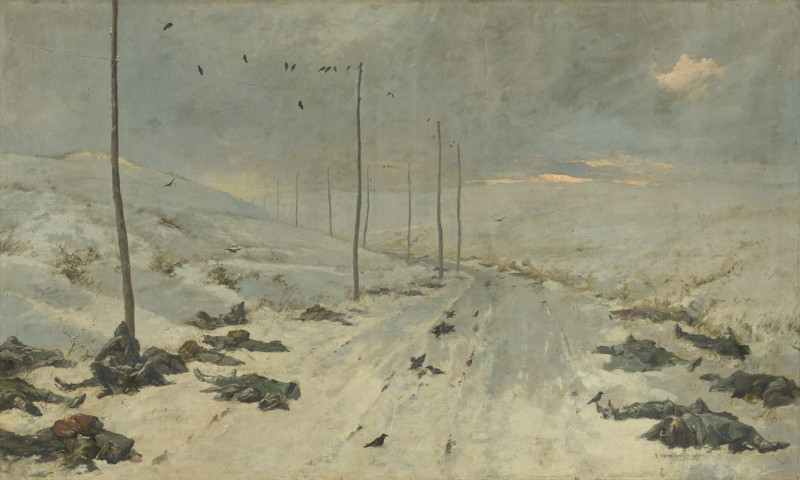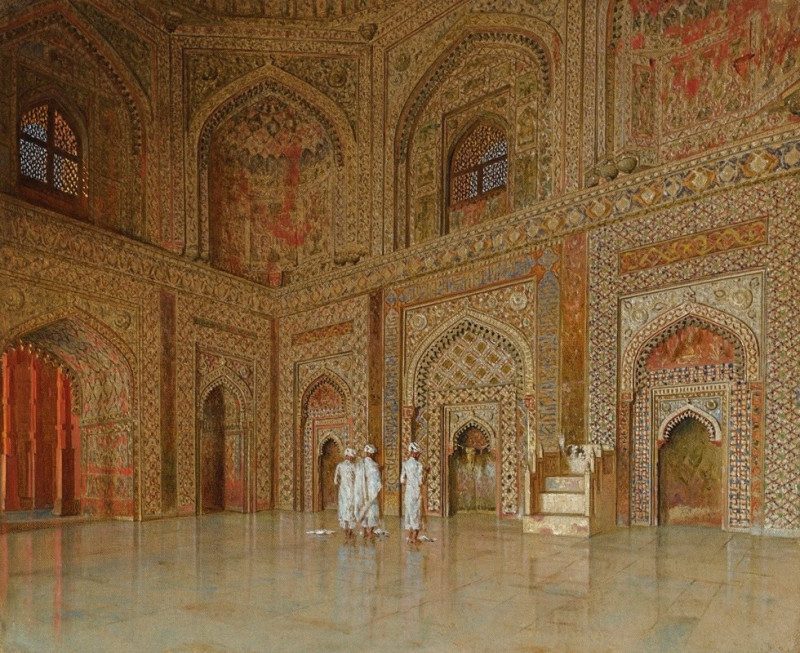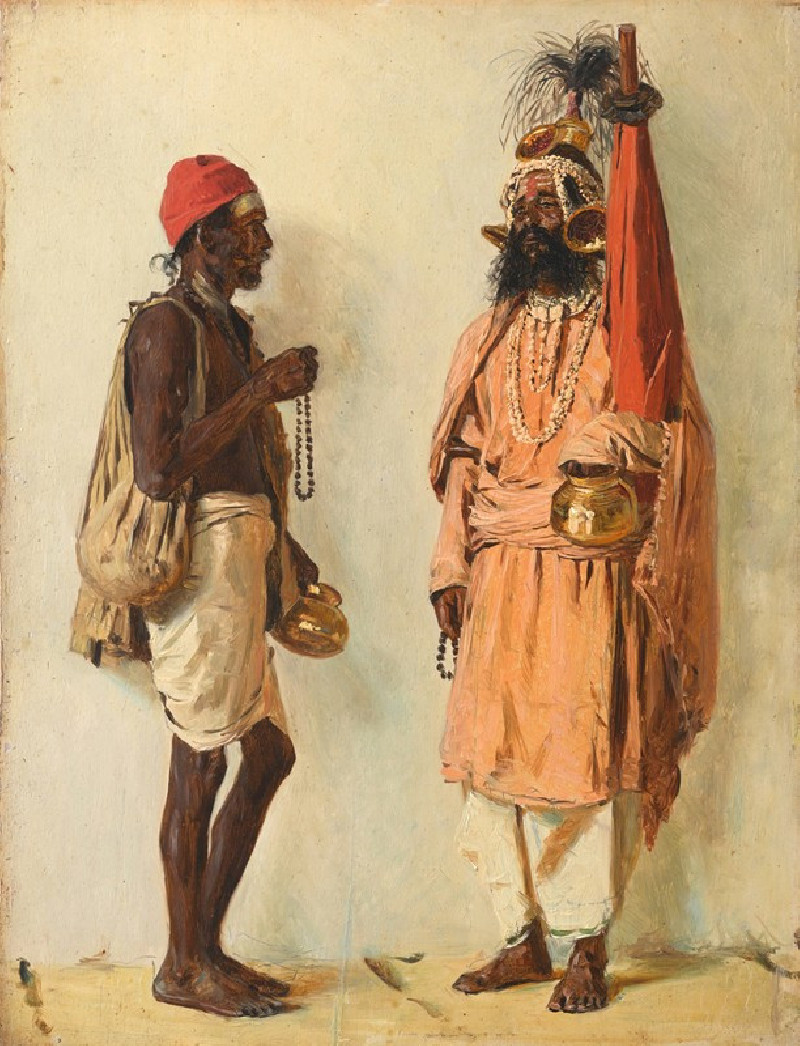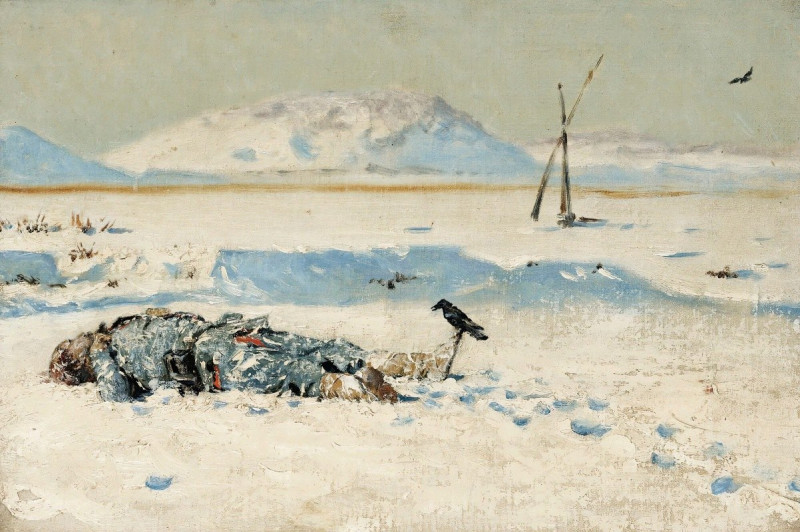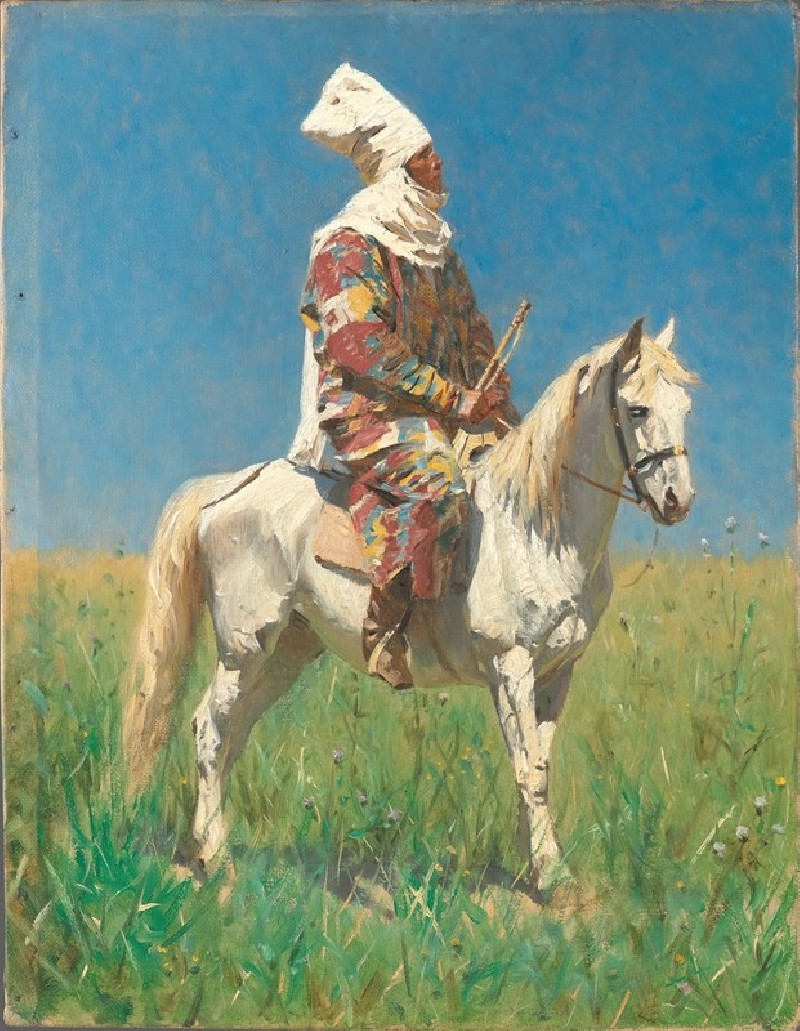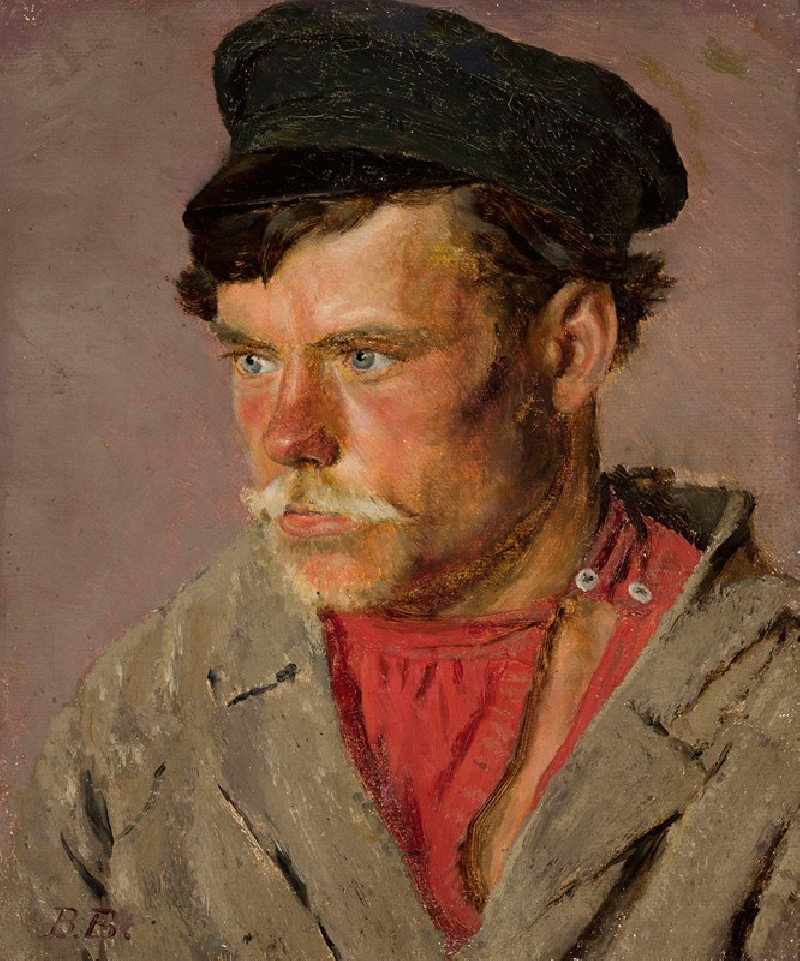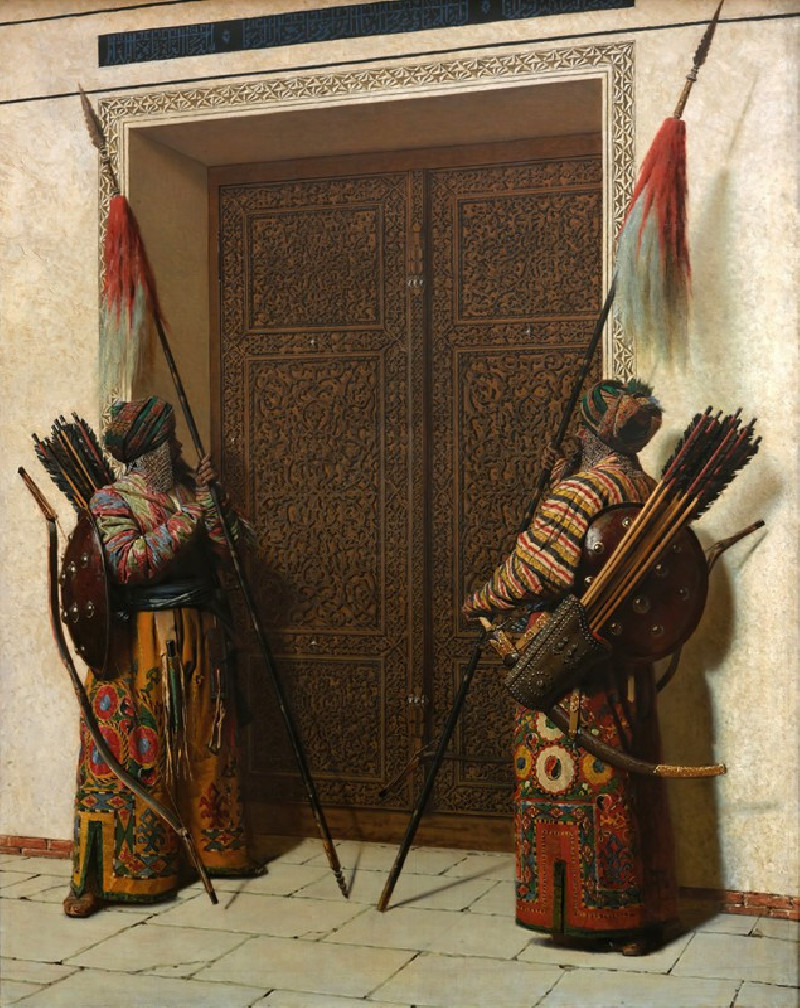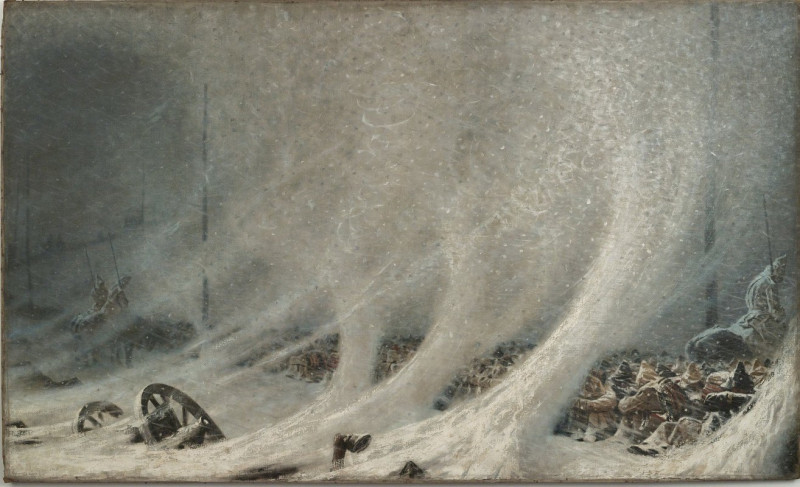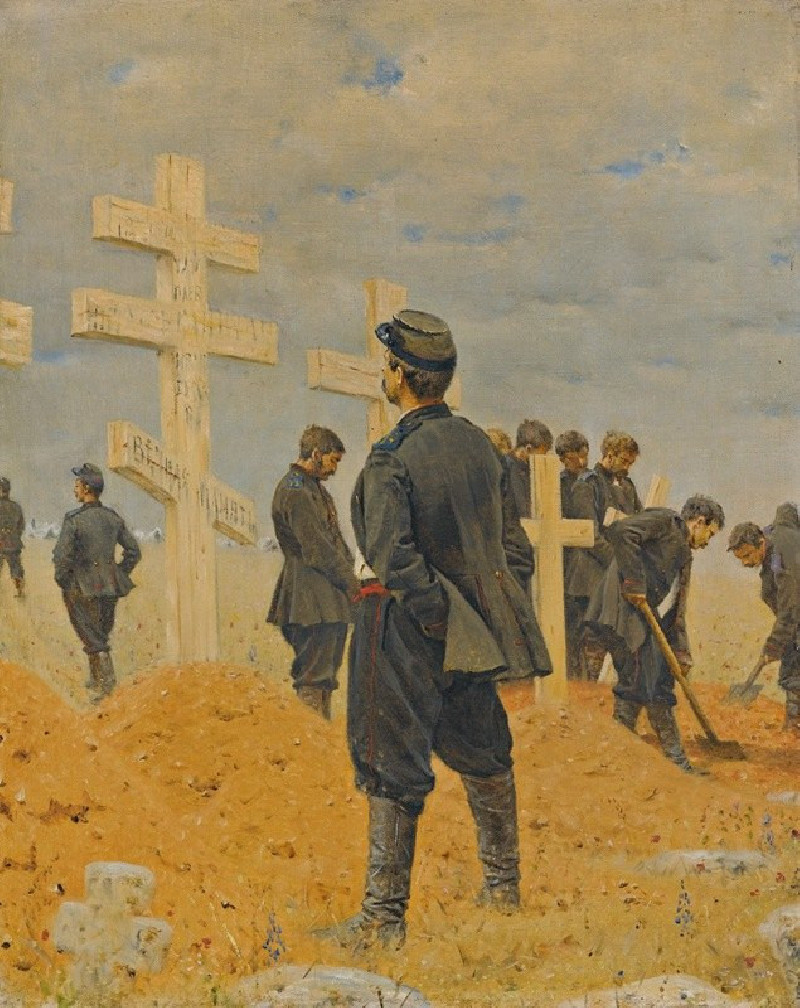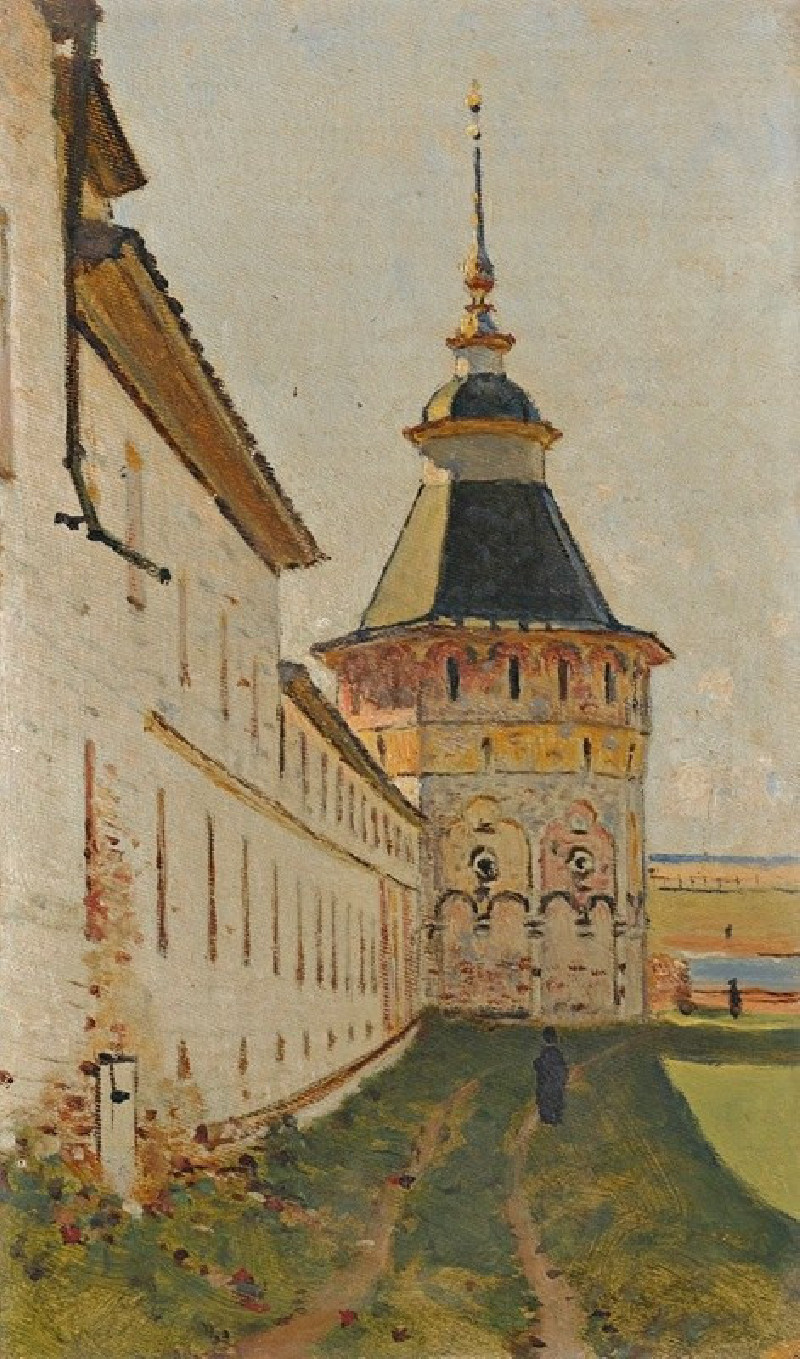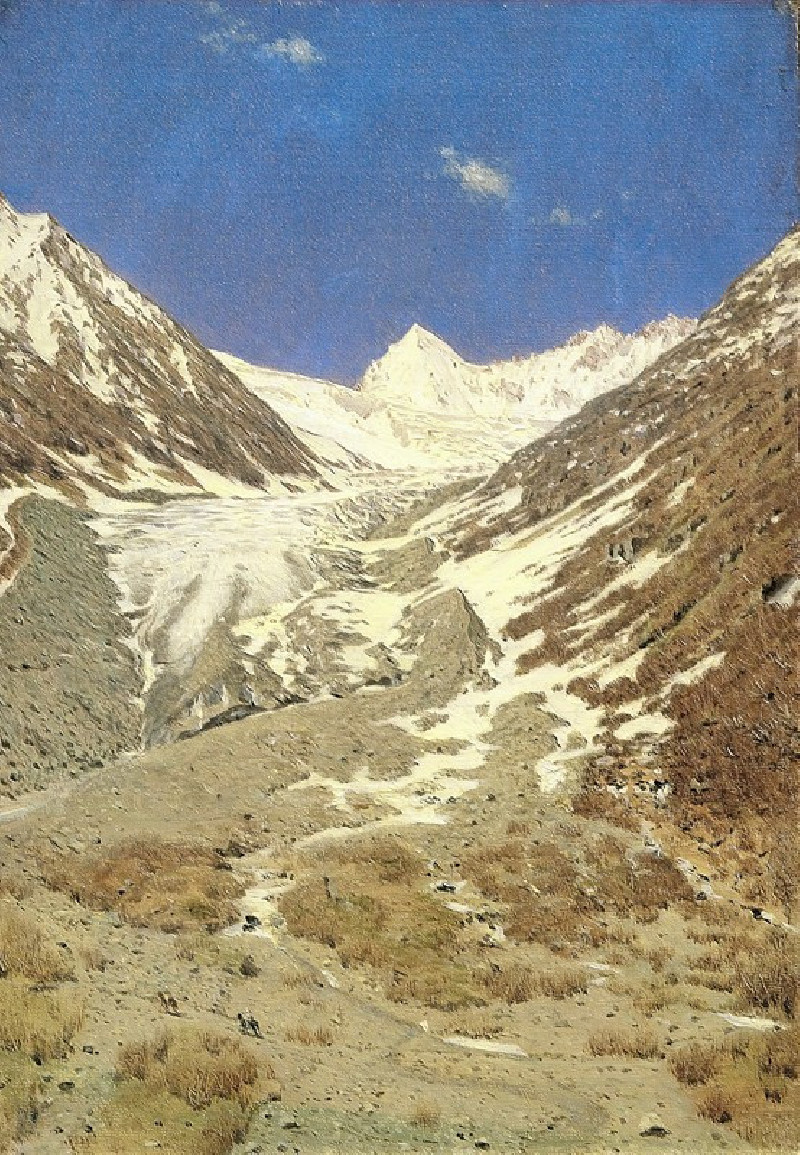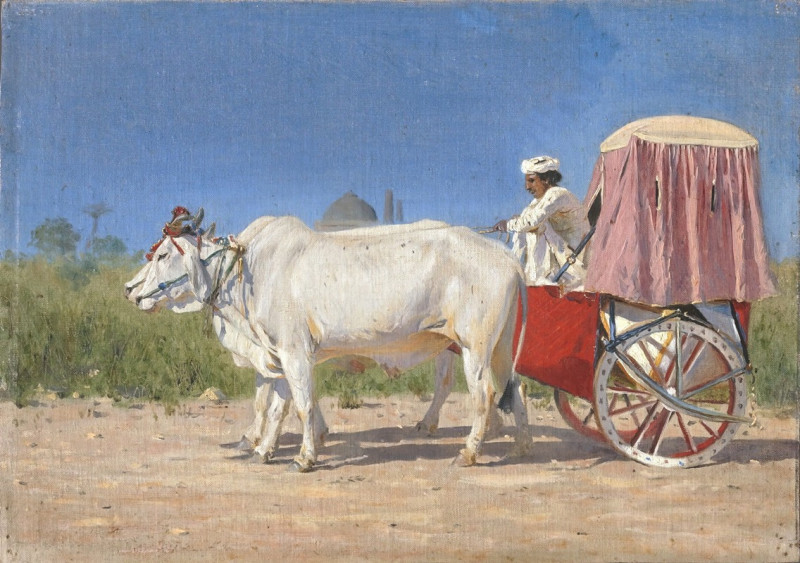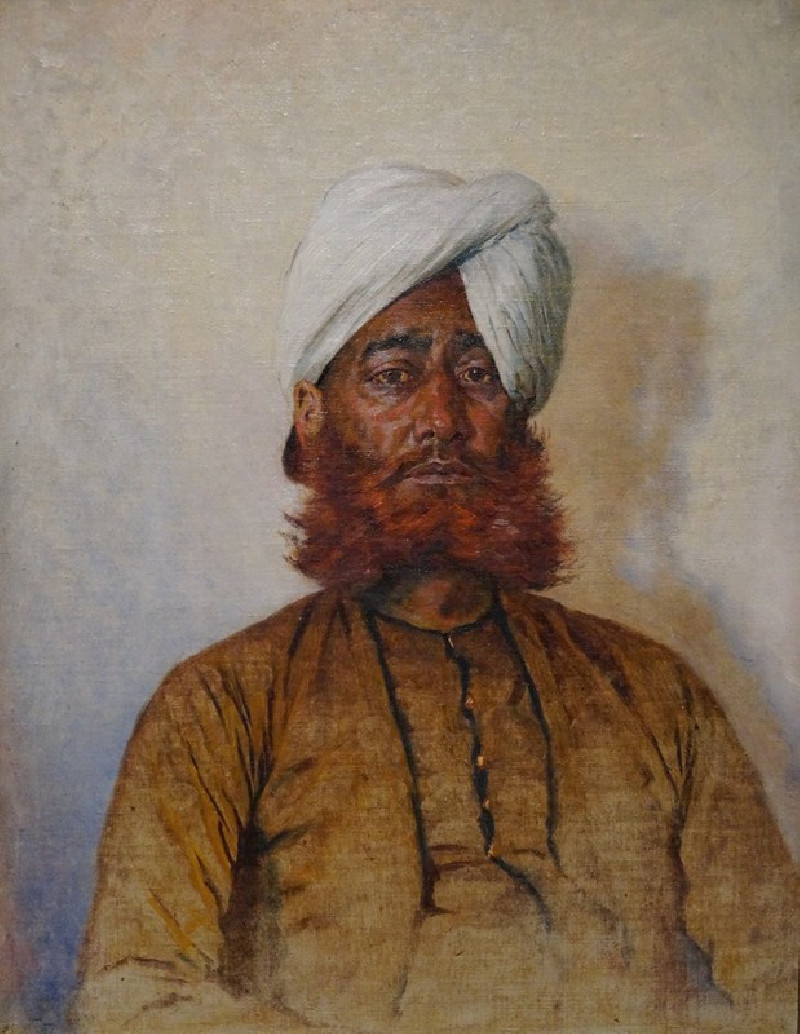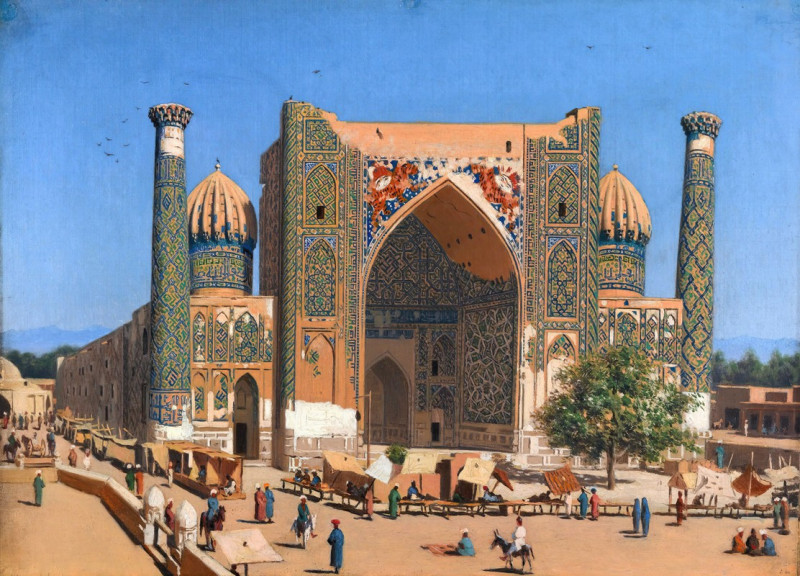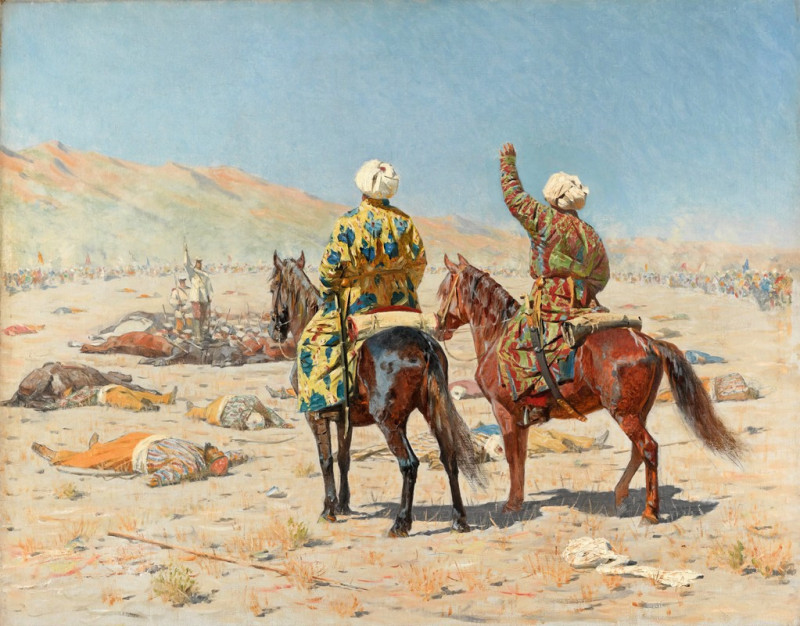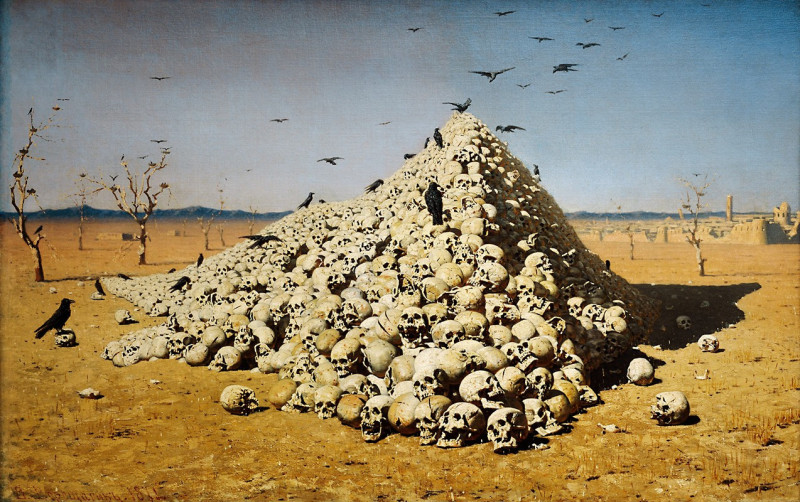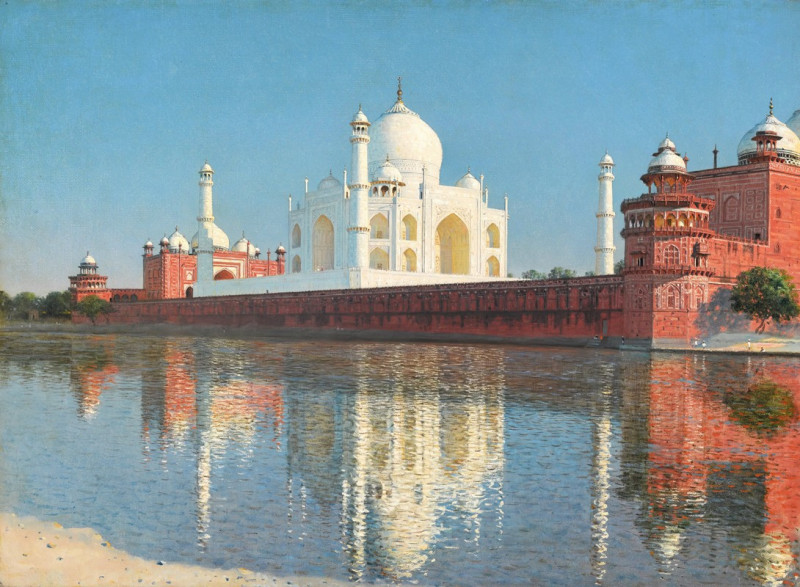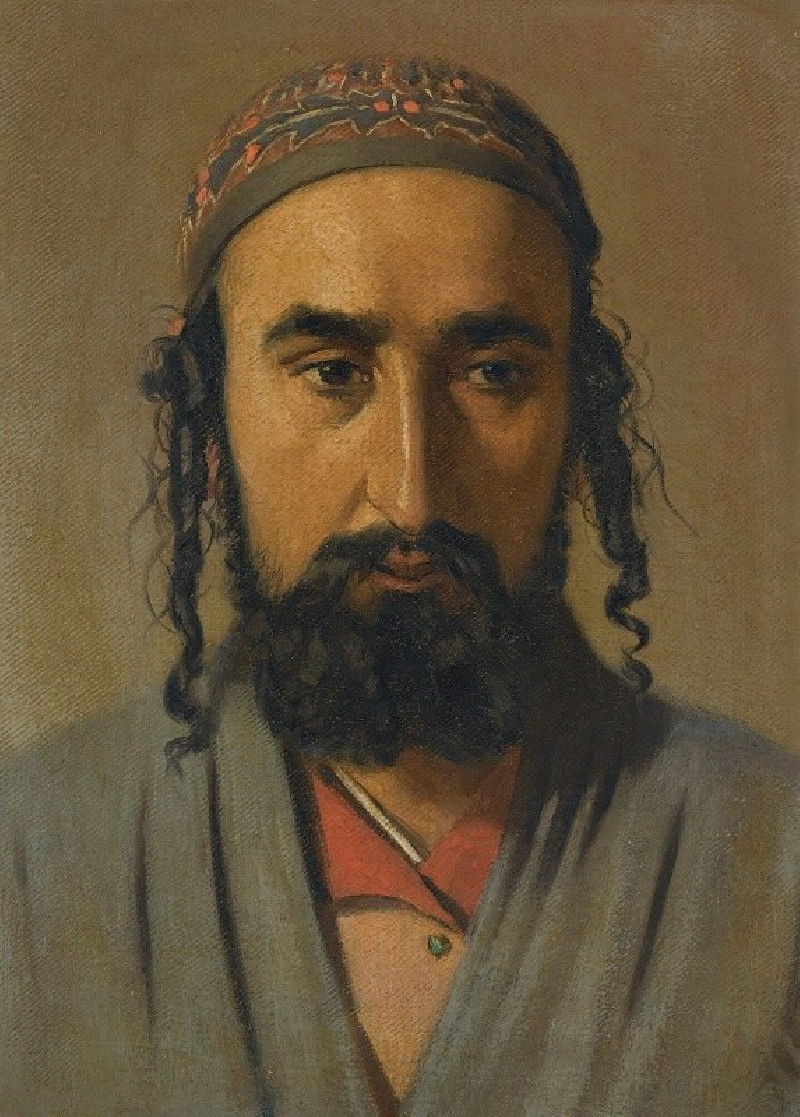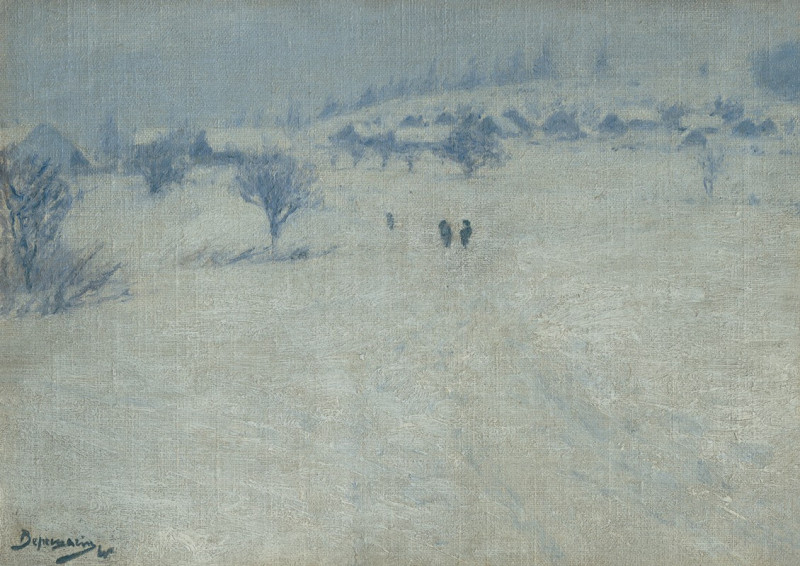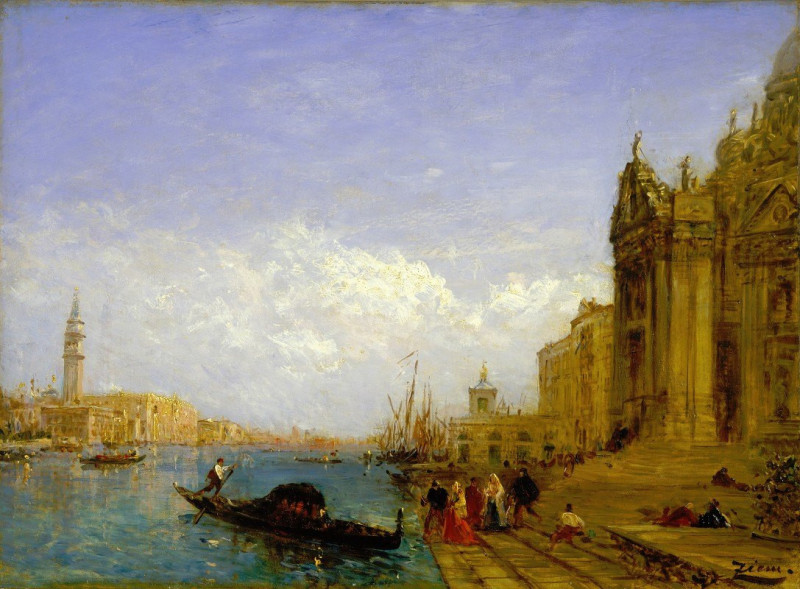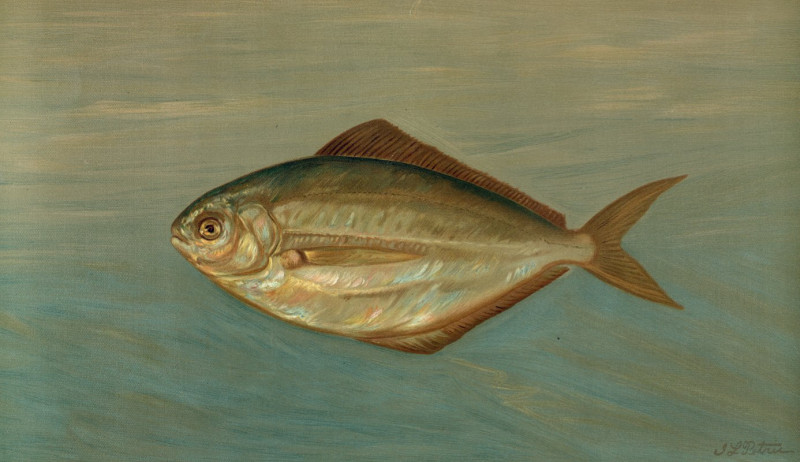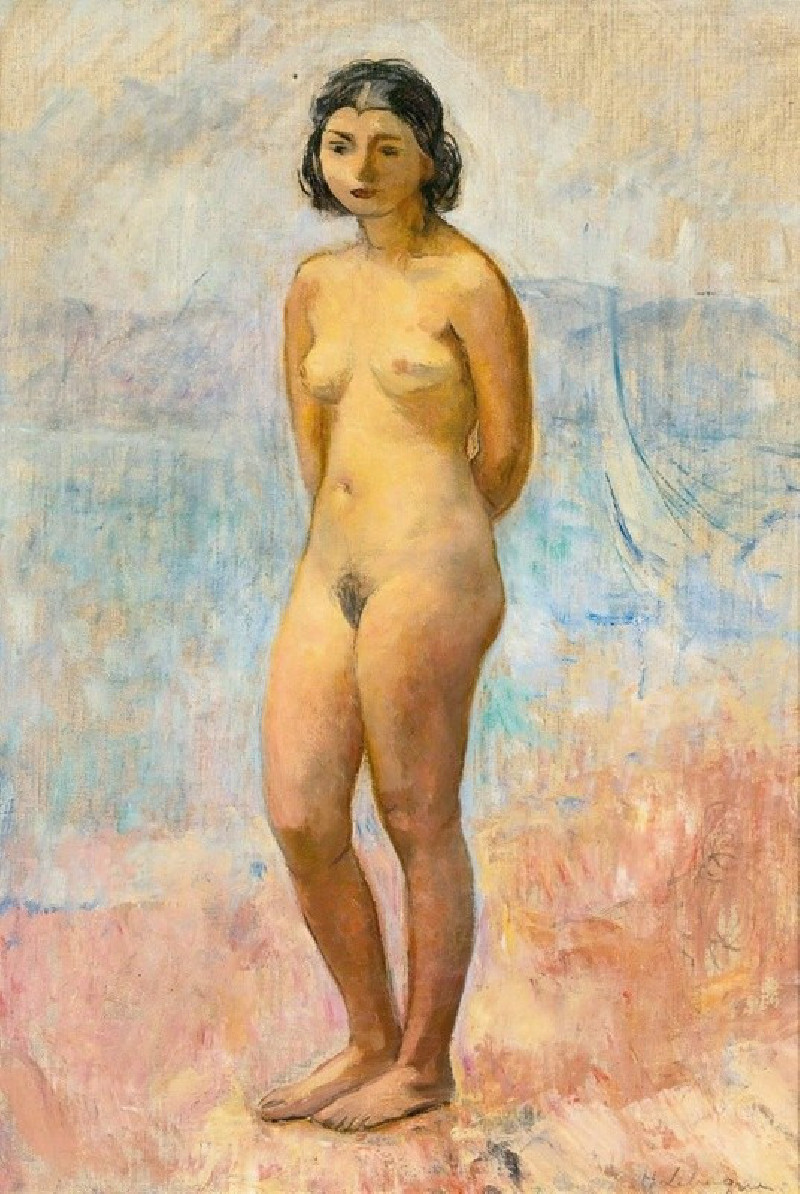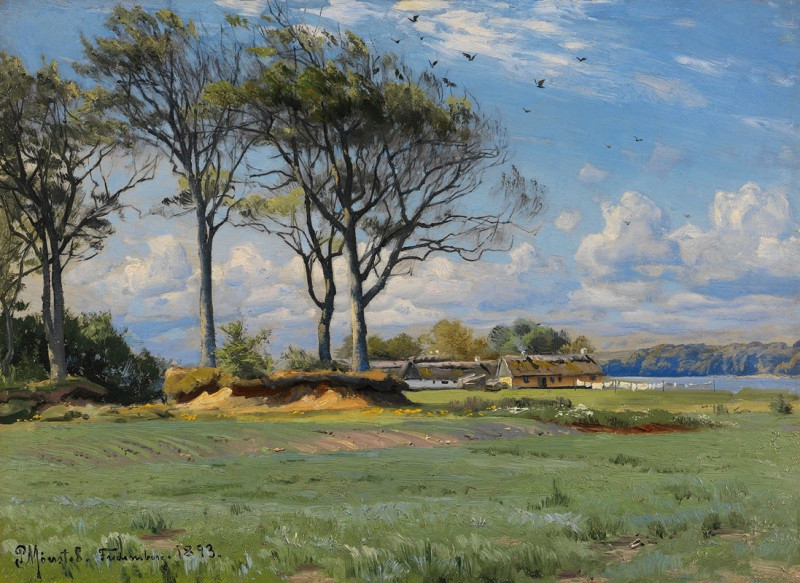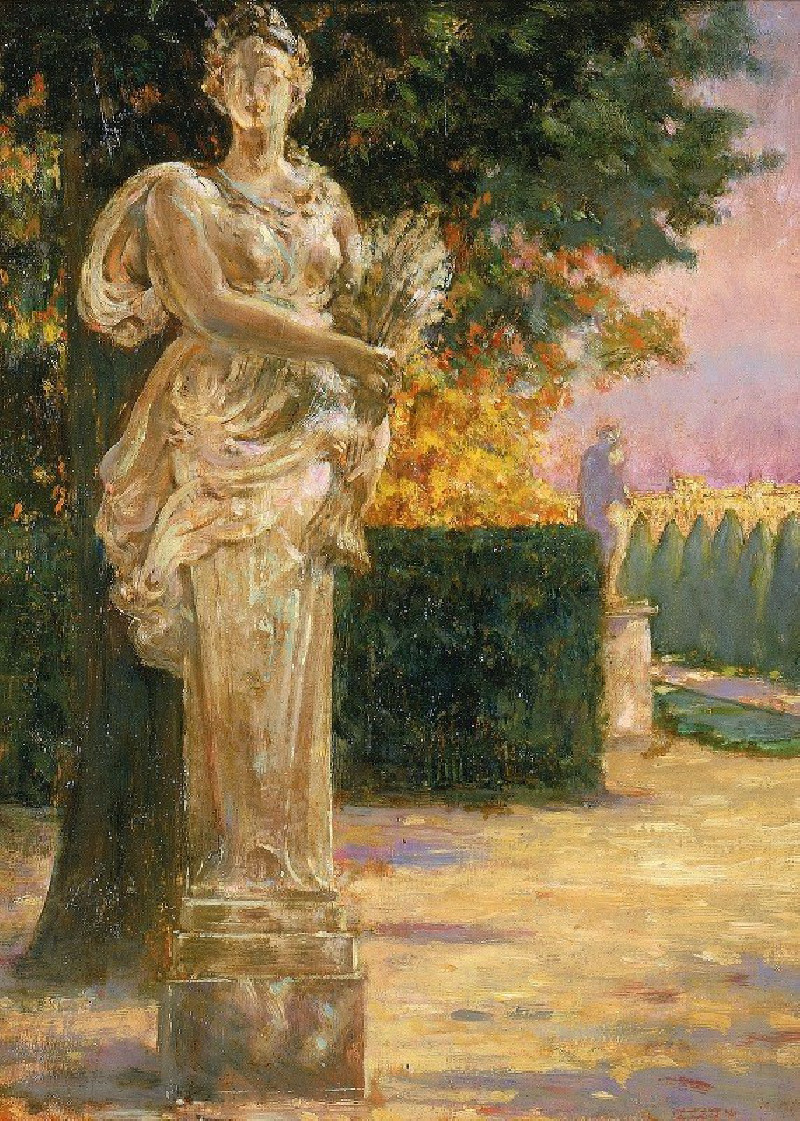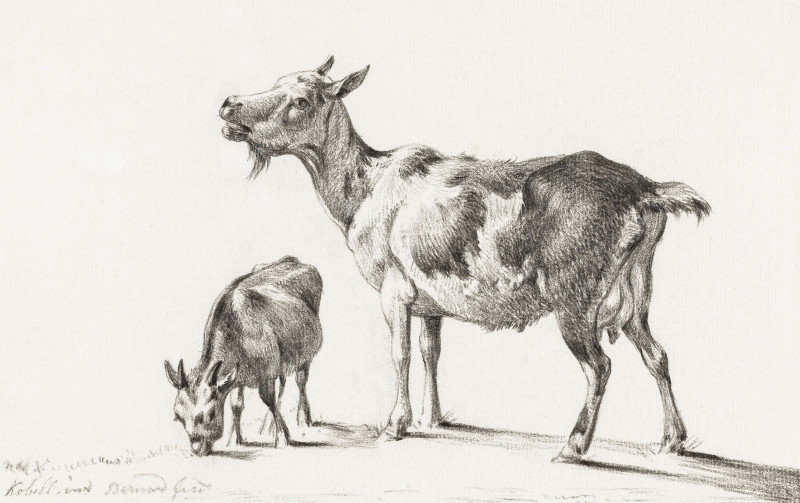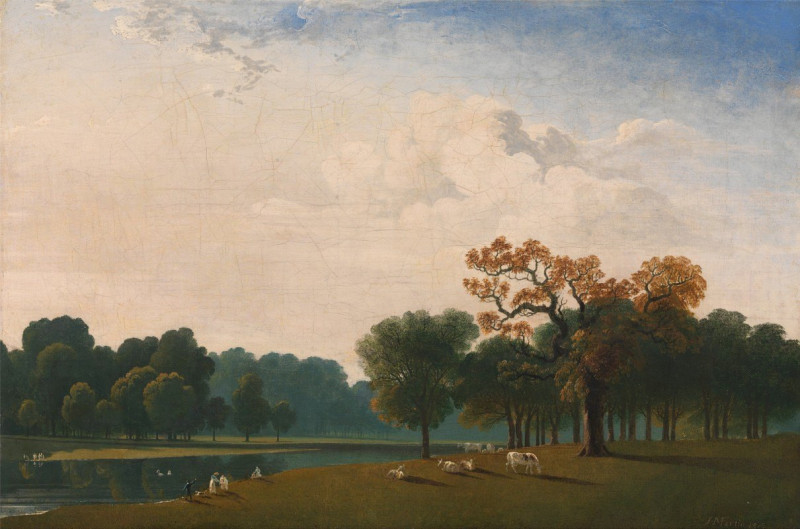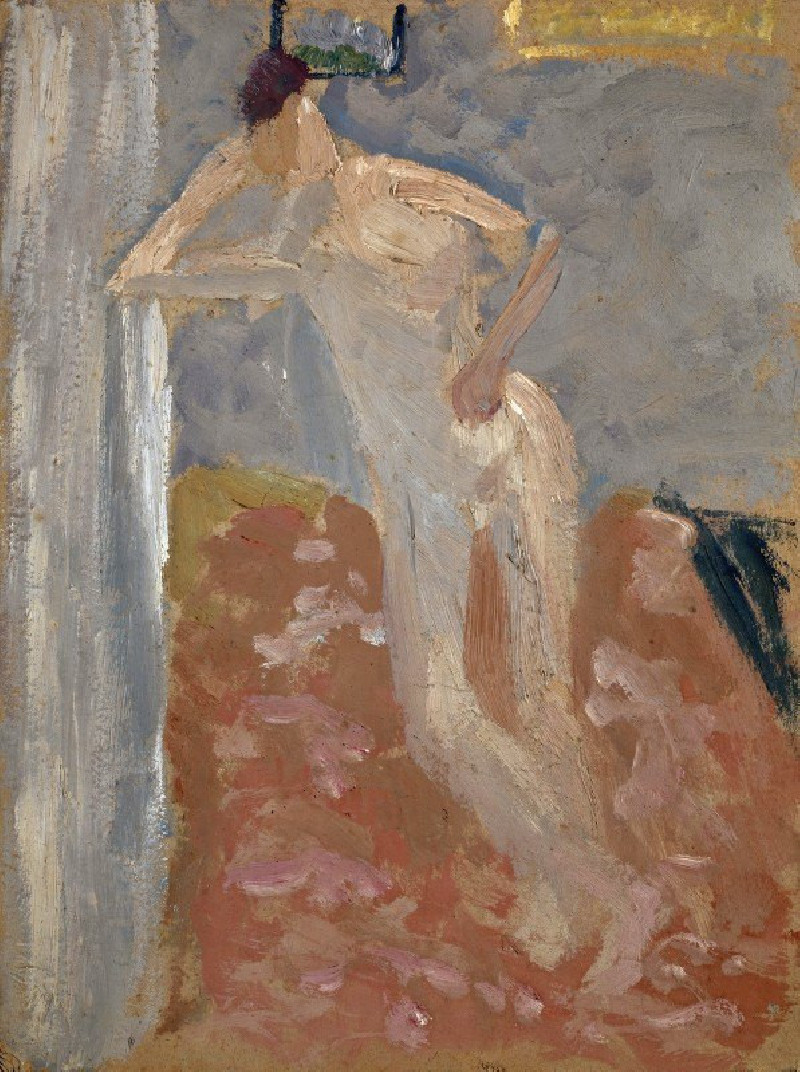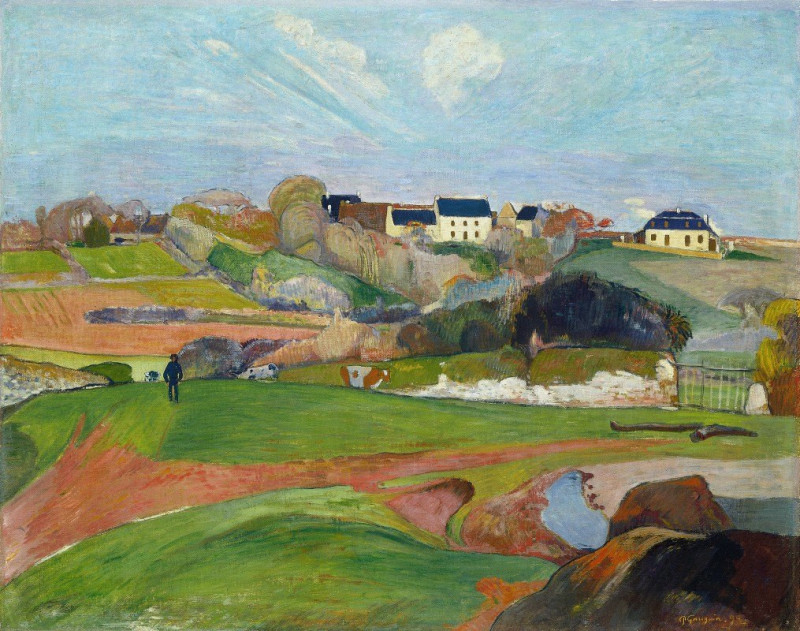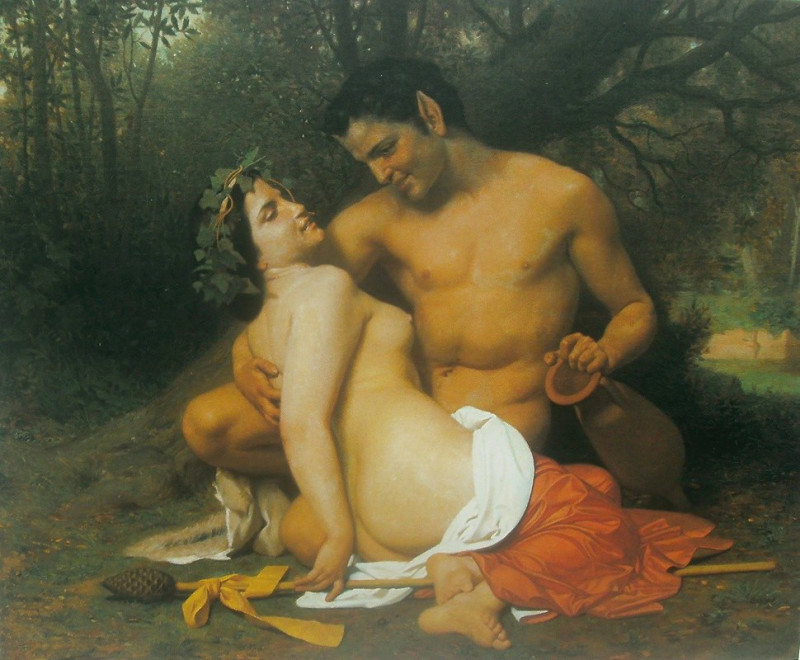Rider in Jaipur (ca 1880)
Technique: Giclée quality print
Recommended by our customers
More about this artwork
"Rider in Jaipur" by Vasily Vereshchagin is a stunning portrayal of 19th-century Indian culture, capturing a moment that exemplifies both grandeur and everyday life in Jaipur around 1880. This oil painting features a prominent figure clad in traditional white attire and a turban, mounted on an elegantly adorned white horse. The horse itself is a sight to behold with its bright red and gold embroidered covering that indicates the rider's high social status.The rider stands elevated not only in his mount but also in his demeanor, surveying the surroundings with a dignified grace. Behind him, a second figure, also dressed in white, stands attentively. The contrast between the intense blue of the sky and the lush greenery in the background complements the bright whites and reds of the subjects' garments and the horse’s regalia.Vereshchagin's fine attention to detail, from the intricate decorations of the horse to the serene expressions on the characters' faces, helps convey a sense of calm authority. The painting not only showcases the artist's skill in depicting light and texture but also his ability to capture the essence of the time and place, making "Rider in Jaipur" a captivating window into the history of Rajasthan.
Delivery
Returns
Vasily Vasilievich Vereshchagin was one of the most famous Russian war artists and one of the first Russian artists to be widely recognized abroad. The graphic nature of his realistic scenes meant that many of them were never printed or exhibited.
Vereshchagin was born in Cherepovets, Novgorod province, Russia, in 1842. the middle of three brothers. His father was a noble landowner, and his mother had Tatar roots. When he was eight years old, he was sent to Tsarskoe Selo to join Alexander's cadet corps. Three years later, he joined the Marine Cadet Corps in St. Petersburg and made his first voyage in 1858. Served in the frigate "Kamchatka", which sailed to Denmark, France and Egypt.


